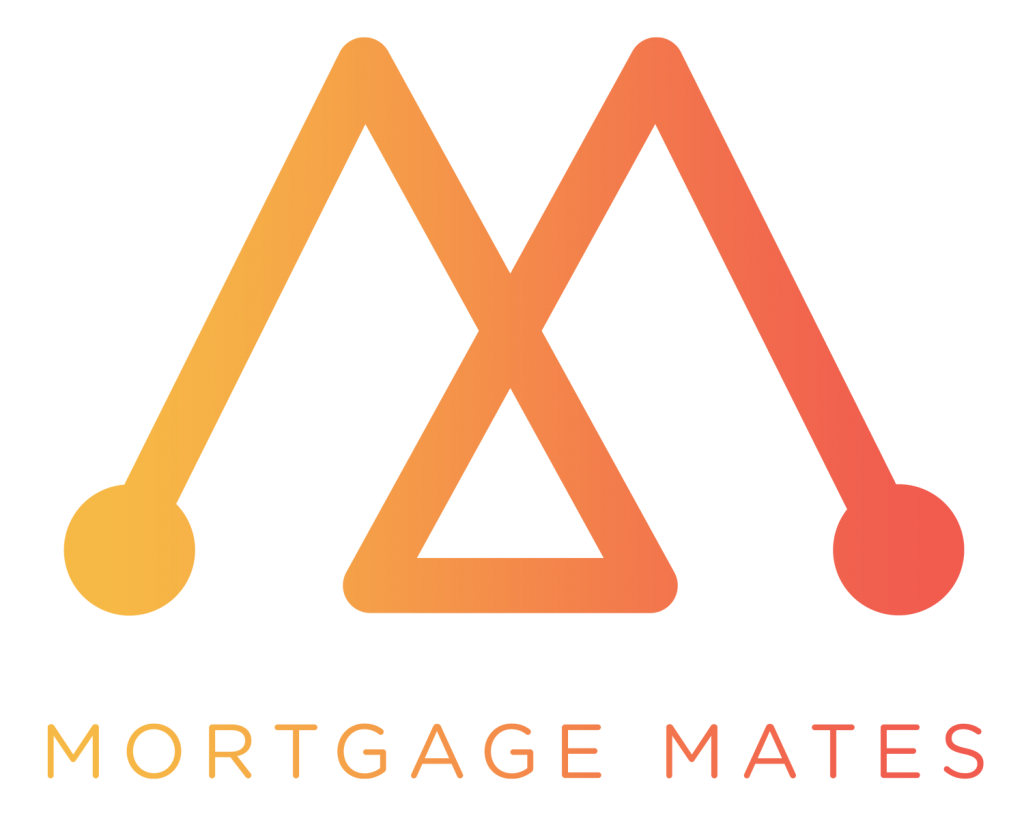‘Example 1: Build a caring community
A group of seniors wants to age in a caring community rather than live alone. They use the savings or profit from the sale of their homes to purchase a home together.
They renovate the house to include accessible features. The house includes a shared kitchen and living room, and together, the residents
buy and prepare food, as well as arrange cleaning services.
The group also decides to create some private amenities, including an ensuite bathroom for each bedroom.
Example 2: Access to homeownership
A group of young adults buy a house in a community of single detached homes.
By pooling their resources, they can make a 20% down payment on the house allowing them to avoid mortgage insurance. The co- owners contributed different amounts towards the purchase price, so the percentage of the house each owns varies.
This co-ownership arrangement will allow each person to build equity and eventually buy houses of their own.
If major renovations are made to the house, the costs will be split based on the percentage of ownership. Ongoing operating costs are shared equally, as are basic responsibilities for the care and upkeep of the house.
Example 3: Meet the needs of two families
Two families with children want to live in a neighbourhood where they can’t afford to buy a house of their own. They decide to buy a house together that will have private units for each family and a shared yard for the children to play in.
Sharing babysitting and having potential friends for their children while living in
the same house are further advantages to co-ownership.
Their plan is to co-own the house for about five years or until they are both able to buy their own houses.’

As highlighted in our piece on Co-ownership, the government guide talks users through the legal and financial requirements for co-ownership.
This includes, but is not limited to:
Legal structure, Use of the property, Finance and Insurance, Negligence and Misconduct, Dispute resolution and Entry and Exit strategies. All of these elements are considered as part of Mortgage Mates, and we can help you navigate this path as part of your co-ownership journey.
Whilst the report goes into a lot more detail on how co-ownership works, we will leave our piece here so you can read further into this as much or as little as you would like. The importance of highlighting the work completed in Canada is that, in the future, we hope the Australian government will be as proactive in supporting our vision for every Australian to to own their own home.
